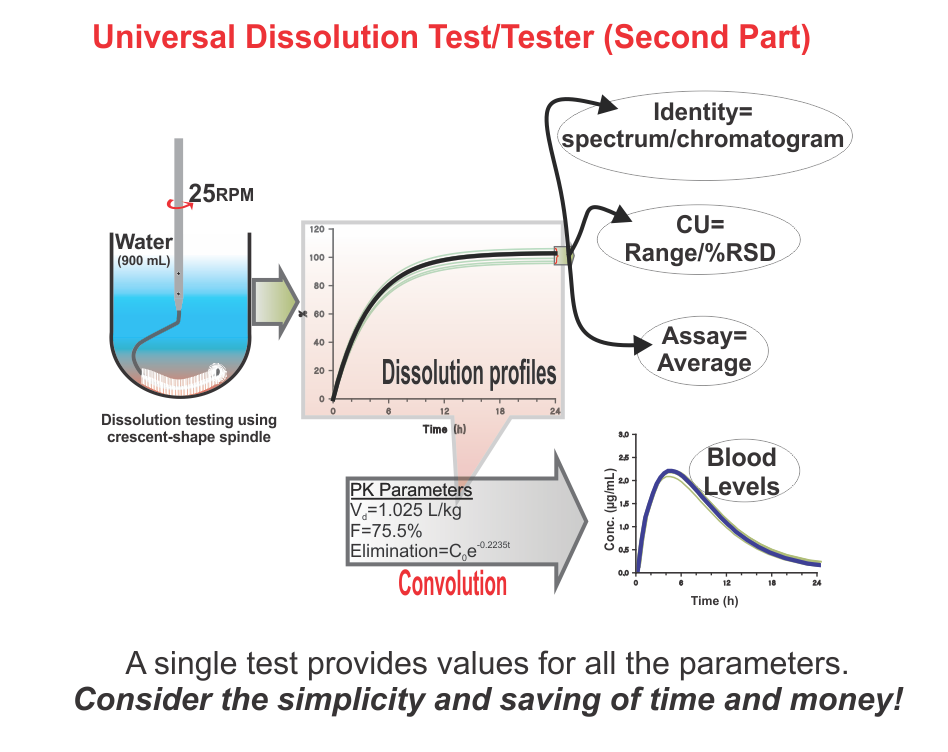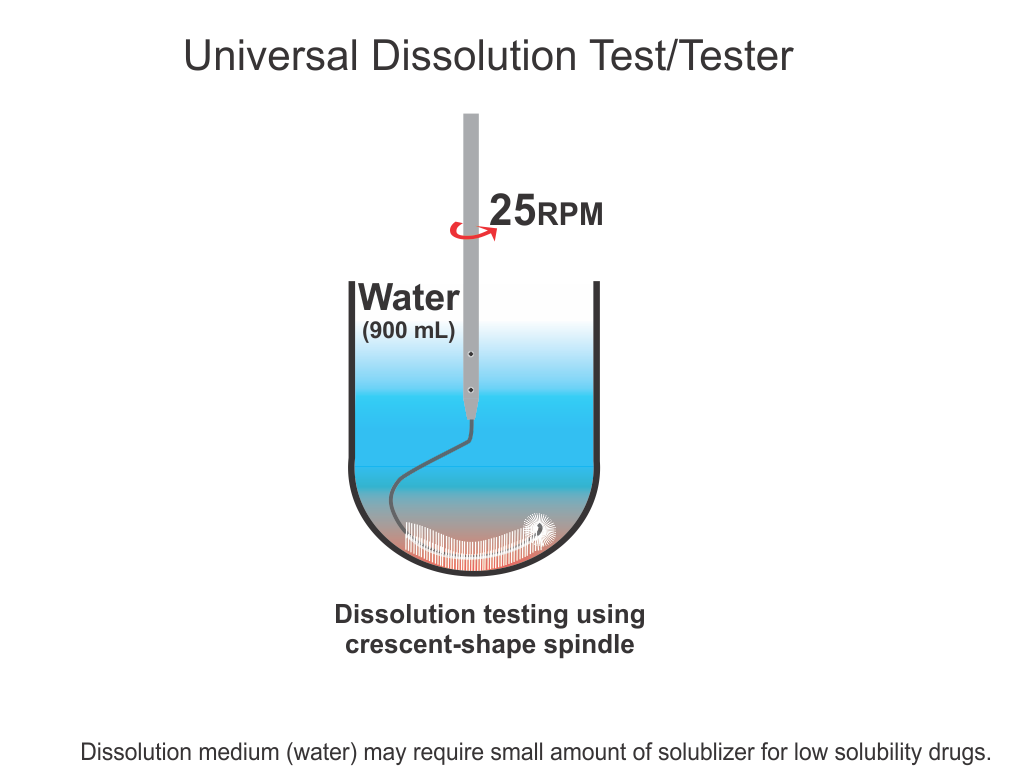Monthly Archives: July 2015
USP Performance Verification Test/Tablets – More Questions!
As per a recent follow-up note from USP (link), it is stated that “It is known that the dissolution of USP Prednisone Tablets RS changes over time.” Is this a good thing?
In principle, if the tablets, or anything else, are not stable then by default these should not be used as a REFERENCE. How would their use as a REFERENCE be justified?
On the other hand, the new validity/expiry date has been extended for six months to December 31th, 2015. Will the characteristics of the tablets change gradually or will they change abruptly on December 31, 2015? If the changes in dissolution characteristics are gradual, then shouldn’t the Ranges be changed more frequently such as weekly, bi-weekly, or monthly etc.?
Some thoughts for consideration!
Miseries of the USP Performance Verification Test (PVT)
Last week USP once again in a “surprise” announcement informed that their current lot of Prednisone Tablets for PVT is not performing as expected, so its use is halted, at least for a while. The question is, is this really a surprise or unusual occurrence? Anyone involved in drug dissolution testing, in particular PVT, would know that such occurrences are not unusual or new, but becoming relatively frequent.
Anticipation is that USP might provide some information concerning the problem and hopefully the cause of such problems. However, past experiences show that such information may not be forthcoming; perhaps, some modifications to data presentation format and/or slight adjustments in Acceptance Ranges would be made with a claim that “all is well and good to go”.
Indeed, just today (a few days later from the previous announcement) it appears that the USP has released a continuation lot, with revised and adjusted Acceptance Ranges. Such scientifically poor practices from a reputed standard setting organization such as USP are quite frustrating. USP should perhaps re-evaluate its practice of adjusting or re-adjusting the data “on the go”. Otherwise, manufacturers of the products should also be allowed to revise tolerances for their products, if their batches start giving different, or unexpected, sets of data!
On the other hand, the fact is that problems of PVT remain, i.e. frequent observance of PVT results falling outside the expected ranges reflecting high variability and unpredictability of the test. This high variability and lack of predictability in dissolution results are because of the testers (paddle and basket), however, unfortunately, USP Prednisone Tablets get the blame.
It is very important to note that to-date there has not been a single piece of evidence presented showing that indeed failure of PVT is because of the Prednisone Tablets. On the other hand, there are many scientific studies published showing that the high variability (or failures) is related to the dissolution testers (paddle and basket). Performance testing using Prednisone Tablets merely reflects the variability of the dissolution testers. It is just like if one’s computer monitor blacks-out or flickers often, one has to assess separately whether the problem is associated with the monitor or the computer. If the computer is causing the problem then adjusting or changing the monitor would not help. Similarly, in case of dissolution testing, adjusting or changing the Performance Tablets, and/or their Acceptance Ranges, would not help. USP must demonstrate that dissolution testers (paddle and basket) evaluated separately and independently from the Prednisone Tablets are capable of providing predictable and relevant results i.e. these testers are validated and qualified to evaluate dissolution characteristics of something or anything. Once this validation and qualification step has been accomplished then these testers should be used for establishing performance using Prednisone Tablets and/or actual drug products.
It’s hoped that the USP will use this latest miserable situation to address the well-known problem of the dissolution testers, not just by re-adjusting the Acceptance Ranges. Please consider providing a validated and qualified dissolution tester.


